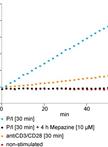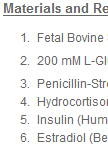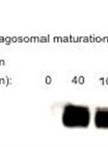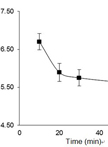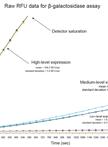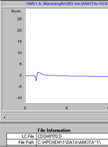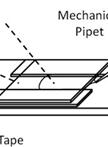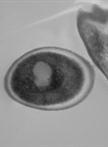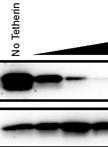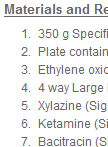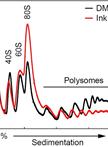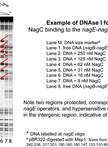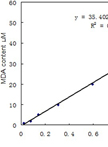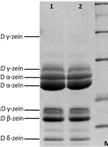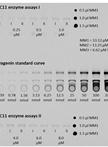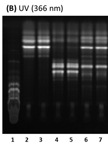往期刊物2013
卷册: 3, 期号: 14
癌症生物学
Measurement of Endogenous MALT1 Activity
内源性MALT1活性的测定
Estradiol Receptor (ER) Chromatin Immunoprecipitation in MCF-7 Cells
MCF-7 细胞中的雌激素受体(ER)染色质免疫共沉淀
免疫学
Isolation of Phagosomes from Dendritic Cells by Using Magnetic Beads
采用磁珠从树突细胞中分离吞噬体
Endosomal pH Measurement in Bone Marrow Derived Dendritic Cells
骨髓源树突细胞中溶酶体pH值的测定
微生物学
High-throughput β-galactosidase and β-glucuronidase Assays Using Fluorogenic Substrates
利用荧光底物高通量分析β半乳糖苷酶和β葡萄糖醛酸酶
Extraction and Quantification of Cyclic Di-GMP from Pseudomonas aeruginosa
从绿脓杆菌中提取并量化环鸟苷二磷酸
Analyzing Inhibitory Effects of Reagents on Mycoplasma Gliding and Adhesion
试剂对支原体滑脱和粘附作用的抑制效应检测
Preparation of Candida albicans Biofilms for Transmission Electron Microscopy
制备白色念珠菌生物膜用于透射电镜分析
HIV-1 Virus-like Particle Budding Assay
HIV-1病毒样颗粒芽殖试验
Preparation of Candida albicans Biofilms Using an in vivo Rat Central Venous Catheter Model
使用体内大鼠中心静脉导管制备白色念珠菌生物膜
分子生物学
Polysome Profiling Analysis
多核糖体图谱分析
DNase I Footprinting to Identify Protein Binding Sites
脱氧核糖核酸酶I 足迹法识别蛋白结合位点
植物科学
Analysis of Malondialdehyde, Chlorophyll Proline, Soluble Sugar, and Glutathione Content in Arabidopsis seedling
拟南芥中丙二醛、叶绿素脯氨酸、可溶性糖和谷胱甘肽含量的分析
Maize Endosperm Protein Extraction and Analysis
玉米胚乳蛋白的提取和分析
Determination of Enzyme Kinetic Parameters of UDP-glycosyltransferases
UDP糖基转移酶动力学常数的测定
Extraction and Reglucosylation of Barbarea vulgaris Sapogenins
欧洲山芥皂苷配基的提取和葡糖基化修饰


